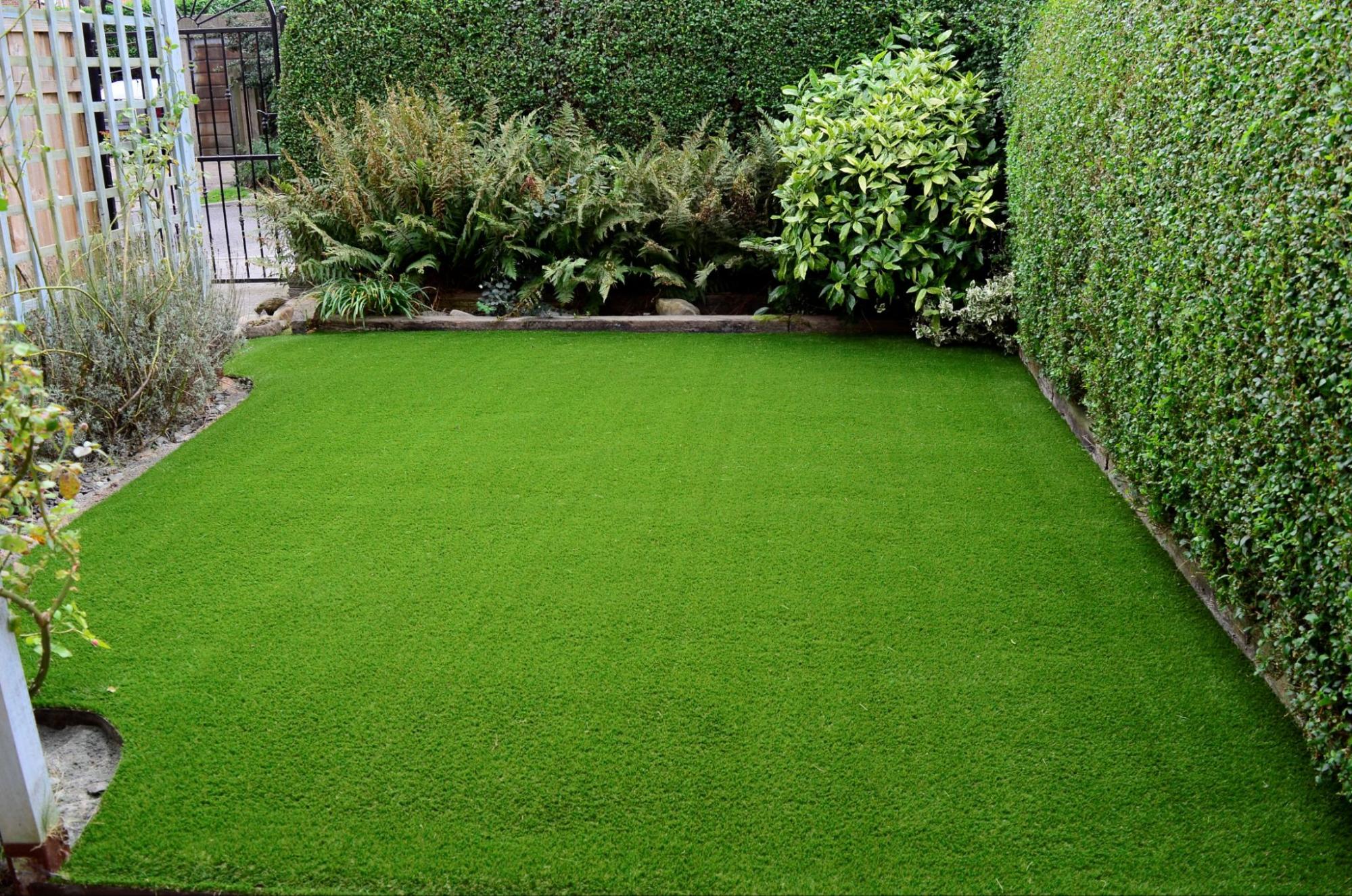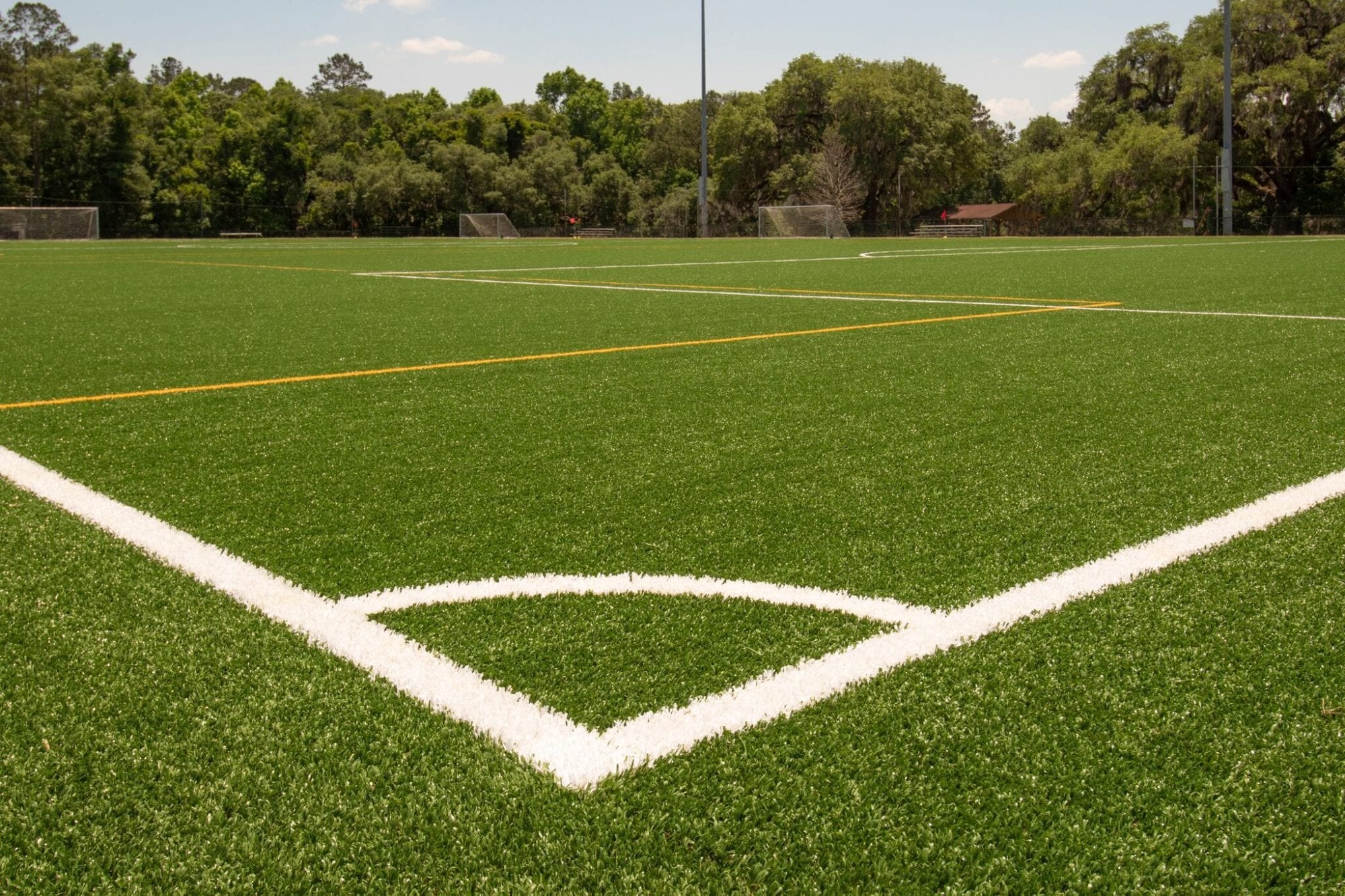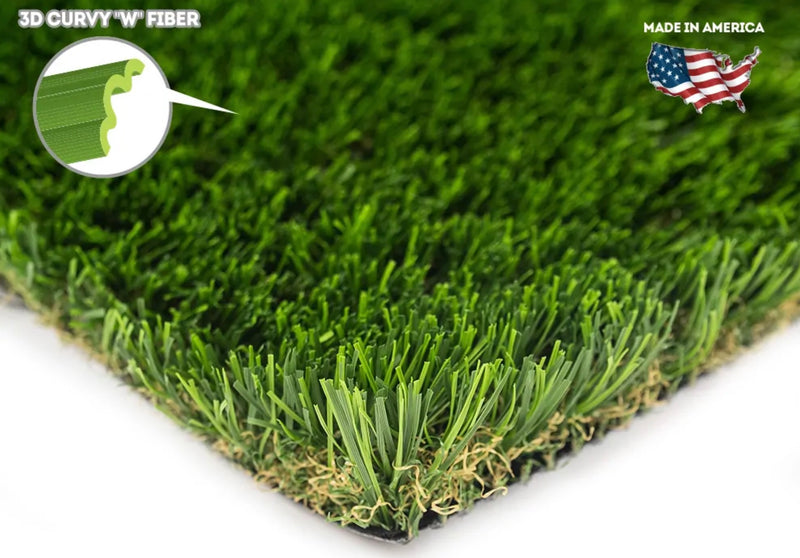Dependable Artificial Turf Companies Phoenix for a Attractive and Evergreen Lawn
Delve Into the Environmental Advantages of Opting for Artificial Grass Solutions
The adoption of artificial turf options provides a compelling possibility to deal with pushing environmental obstacles. By dramatically lowering water use and lessening the application of dangerous chemicals, these choices not only promote sustainable landscaping but also secure local communities.
Water Preservation Advantages
One of the most significant advantages of artificial turf is its capability to preserve water. In comparison, man-made lawn does not need watering, substantially lowering the general need for water sources.
By removing the need for regular watering, synthetic grass adds to lasting landscape techniques and aids minimize the environmental effect of excessive water usage. The conservation of water extends to the reduction of overflow, which can lead to dirt disintegration and waterway contamination.
Additionally, the setup of synthetic grass allows municipalities and house owners to allot water sources much more successfully, concentrating on necessary usages such as drinking water and agriculture. The shift in the direction of man-made lawn not only promotes accountable water use yet likewise aligns with broader ecological goals aimed at maintaining natural sources.
As neighborhoods significantly focus on sustainability, the water preservation benefits of synthetic grass offer a compelling situation for its adoption in residential and industrial landscape design projects.
Lowered Chemical Use
The transition to synthetic grass significantly lowers the reliance on chemical treatments typically used in natural yard upkeep. Traditional lawn management normally involves the application of fertilizers, herbicides, and pesticides to promote development and control bugs. These chemicals can pose threats to human wellness, local wildlife, and the environment, adding to soil and water contamination.
In contrast, synthetic lawn eliminates the need for these harmful compounds. Once mounted, it calls for marginal maintenance, mainly containing regular cleaning and occasional infill replenishment. This decrease in chemical use not just profits the prompt atmosphere but likewise adds to more comprehensive ecological stability. By minimizing the launch of synthetic substances into the ecosystem, fabricated grass promotes healthier dirt and water supply.
Furthermore, the lack of chemical runoff related to synthetic grass installments assists safeguard neighborhood rivers from contamination, sustaining water life and preserving biodiversity. Turf installation phoenix az. As areas significantly focus on lasting practices, choosing synthetic grass presents a viable option that lines up with environmental preservation objectives. With this shift, building proprietors can enjoy lavish environment-friendly spaces without compromising environmental health and wellness, leading the way for a much more lasting future
Reduced Carbon Footprint

Moreover, the installation of synthetic grass can lead to substantial water conservation. All-natural yards call for considerable quantities of water for irrigation, which official statement not only contributes to the carbon footprint related to water removal and treatment but likewise strains neighborhood water resources. In comparison, synthetic grass requires very little upkeep, needing no watering, consequently substantially minimizing water usage and its connected power expenses.
Furthermore, the longevity of synthetic grass contributes to its decreased carbon impact. With a life expectancy of as much as 15 years or even more, the need for frequent replacements is diminished, resulting in less waste and reduced power intake in manufacturing and throwing away standard lawn options. Overall, synthetic grass provides a lasting alternative for eco conscious landscape design.
Environment Conservation
Habitat conservation is a crucial factor to consider in the argument over landscaping options, particularly when comparing man-made grass to all-natural lawn. All-natural yard lawns frequently require comprehensive maintenance, consisting of using herbicides, pesticides, and plant foods, which can detrimentally affect local environments. These chemicals can leach right into the soil and rivers, hurting indigenous vegetation and animals and interrupting regional environments.
Synthetic grass removes the demand for unsafe chemicals, consequently protecting nearby wild animals and keeping the stability of surrounding communities. The installation of synthetic turf can lead to the conversion of former yard areas right into more biodiverse landscapes, such as pollinator gardens or native plant areas, which can sustain neighborhood article wild animals.
Inevitably, the transition to synthetic grass not just saves water and decreases maintenance initiatives yet also cultivates a more unified relationship between human tasks and the natural setting, advertising habitat conservation at the same time.
Long-Term Sustainability
Long-lasting sustainability is a crucial consider evaluating the advantages of synthetic grass over conventional yard yards. One of the most considerable advantages of synthetic grass is its toughness; it can last up to 15-20 years with very little upkeep, whereas natural lawn requires constant reseeding and replacement. This longevity decreases the need for continuous sources, such as water, plant foods, and chemicals, which are important for keeping a healthy yard lawn.
Furthermore, synthetic grass adds to a decrease in carbon exhausts related to grass treatment tools. Conventional yards often need gas-powered lawn mowers, leaners, and blowers, every one of which add to air contamination. Artificial check my site turf companies phoenix. On the other hand, synthetic grass removes the requirement for such devices, advertising a cleaner atmosphere
In addition, the manufacturing of synthetic grass increasingly uses recycled products, boosting its sustainability account. As makers embrace environmentally friendly techniques, the ecological footprint of synthetic grass remains to reduce.

Verdict
The adoption of fabricated lawn services provides substantial ecological advantages, consisting of considerable water preservation, reduced dependence on harmful chemicals, and a reduced carbon footprint. Synthetic lawn aids in protecting natural environments by decreasing land disruption and promoting long-term sustainability through the usage of sturdy products. Jointly, these aspects highlight the capacity of synthetic grass to contribute positively to environmental wellness and offer a practical alternative to typical landscape design practices in an increasingly resource-conscious globe.
In contrast, artificial lawn does not need watering, substantially minimizing the overall demand for water sources. By reducing the release of artificial substances into the ecological community, fabricated lawn promotes healthier dirt and water systems.
Additionally, the installation of artificial lawn can result in significant water conservation. In comparison, man-made grass requires minimal upkeep, needing no watering, therefore substantially decreasing water use and its connected energy expenses.
